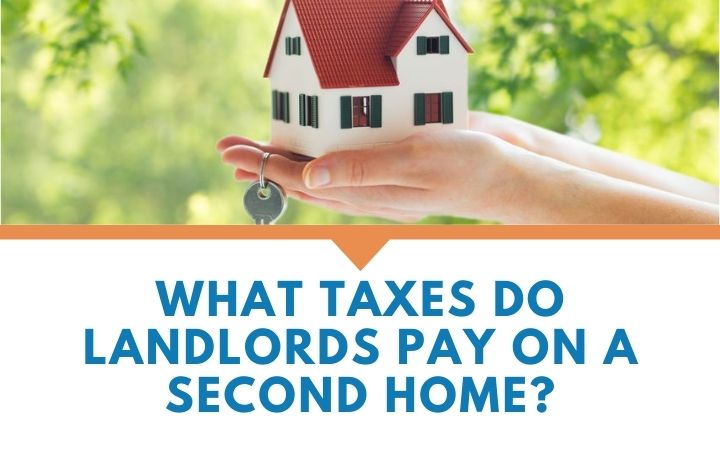
What Taxes do Landlords pay?
There are five main types of taxes levied in the UK and the landlord is unfortunate in that he/she is potentially liable for all of those at some stage of their property owning life.
Which tax is payable and when depends upon the type of property let (commercial or residential) and type of landlord (company or individual). However, the one tax that all landlords will encounter is Stamp Duty Land Tax ('Land and Buildings Transactions Tax' in Scotland and 'Land Transaction Tax' in Wales).
Stamp Duty Land tax (SDLT)
SDLT is potentially chargeable whenever a transaction involving land takes place unless there is a relief or exemption. Paid by the purchaser it is levied in bands with buy to let properties being subject to an additional 3% levy on top of the main residential rate (unless the property costs less than £40,000 or is subject to a long lease). Until 31 March 2021 the nil rate band has been temporarily increased from £125,000 to £500,000 with a tax saving of up to £15,000 for each residential property. The deadline for SDLT payment is 14 days after the completion of sale.
Income tax or Corporation tax
Tax is levied on the profit made on rental income less allowable expenses and less any losses brought forward as income tax if an individual or corporation tax if a company. If the letting is deemed a business (e.g. furnished holiday lets) then payment is made in three instalments by an individual at the landlord's marginal tax rate. The first two payments are as advance ‘Payments on account’ (POA) towards the tax years' final tax bill. Each payment is half of the previous year’s tax bill payable by 31 January in the year of assessment and the 31 July after. When the final accounts are known these payments are deducted from the final amount and any balance is payable on 31 January after the tax year.
'POA' must be made every year unless:
· the last Self Assessment tax bill was less than £1,000
· more than 80% of all the tax owed has already been paid, (e.g. under PAYE)
If the letting is investment income then the tax is payable by 31 January after the year of assessment. Corporation tax is charged at 19% and payable nine months and one day after the accounting year end.
Capital Gains Tax (CGT)
CGT is charged on the net gains (proceeds less cost) made on the sale of assets by individuals. Companies do not pay CGT, rather they are charged to corporation tax on the net gains at 19%.
The gains (or losses) are calculated separately for each property sold and then totalled. If the overall gain exceeds the annual exempt amount (£12,300 for 2020/21), the balance is taxed at the landlord's highest rate of tax applicable to capital gains (i.e. 18% for residential property on any amount falling within the basic rate band and 28% for the higher rate bands).
Non residential (commercial) property gains are taxed at 10% if within the basic rate band and 20% otherwise.
Inheritance Tax (IHT)
IHT is normally charged on the net value (i.e. assets less liabilities) of a person's total estate on death or chargeable lifetime transfers of rental property (e.g. gifts into most types of trust). On death the first £325,000 is exempt (the ‘nil rate band’) with the balance being taxed at 40% (2020/21).
IHT tax is normally payable by the end of the sixth month following that in which the person died. Often the estate includes non-cash assets (such as property) which may have to be sold to pay the IHT. The tax system recognises this and allows the tax on such assets to be paid in equal annual instalments over ten years. However, when the assets are sold, the tax must be paid in full.
VAT
VAT is only relevant on the construction a new domestic property - whether the supply is zero rated or exempt will depend on the use of the property after construction.